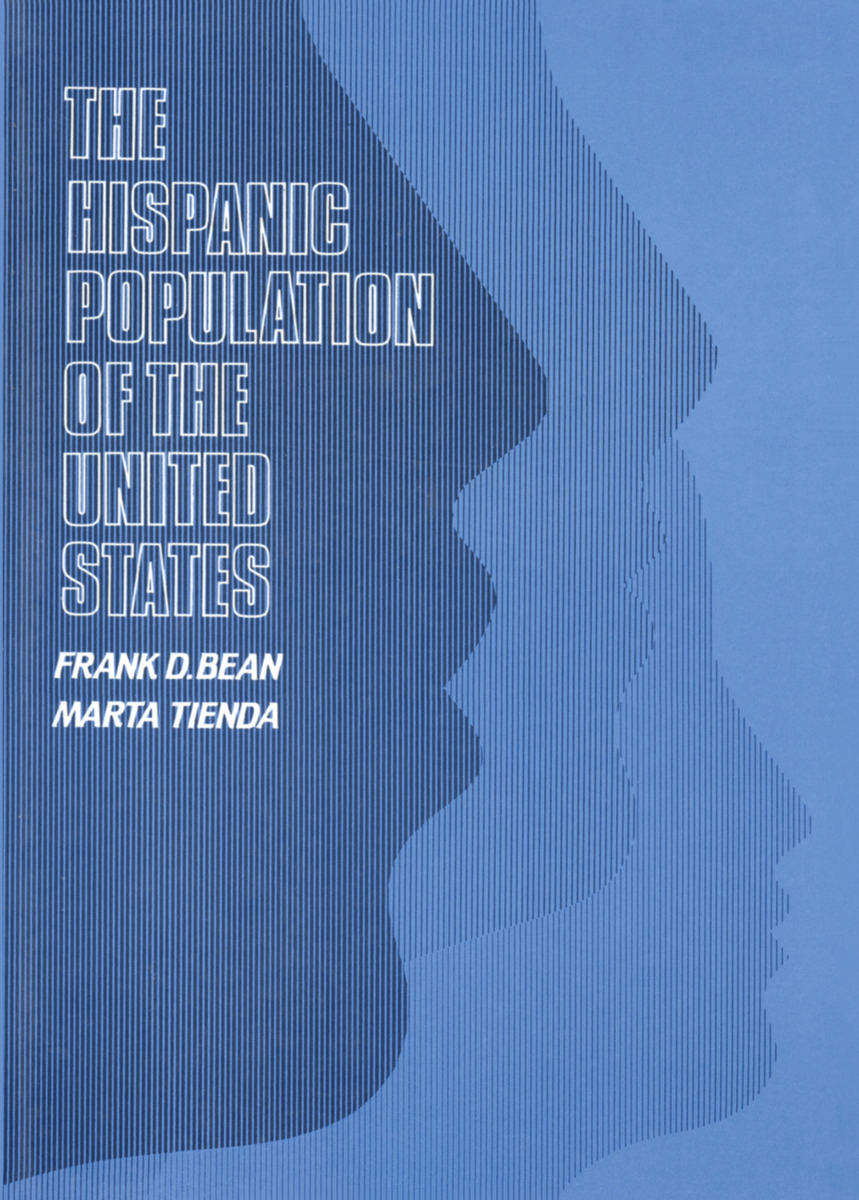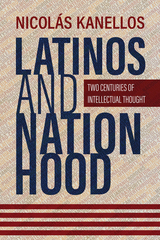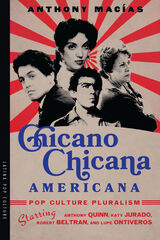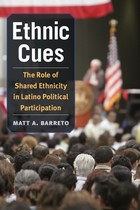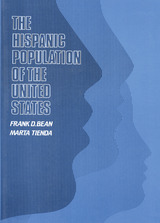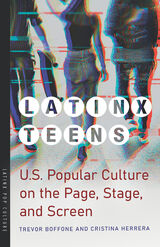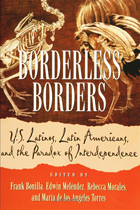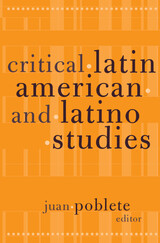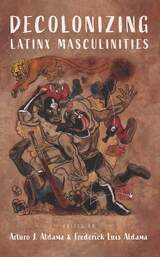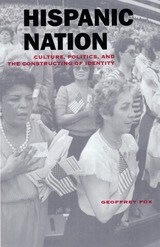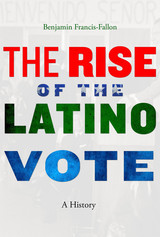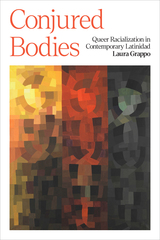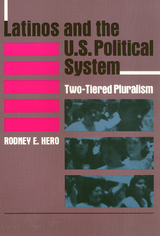The Hispanic Population of the United States
Russell Sage Foundation, 1987
Cloth: 978-0-87154-104-8 | Paper: 978-0-87154-105-5 | eISBN: 978-1-61044-037-0
Library of Congress Classification E184.S75B4 1987
Dewey Decimal Classification 305.868073
Cloth: 978-0-87154-104-8 | Paper: 978-0-87154-105-5 | eISBN: 978-1-61044-037-0
Library of Congress Classification E184.S75B4 1987
Dewey Decimal Classification 305.868073
ABOUT THIS BOOK | AUTHOR BIOGRAPHY | TOC
ABOUT THIS BOOK
The Hispanic population in the United States is a richly diverse and changing segment of our national community. Frank Bean and Marta Tienda emphasize a shifting cluster of populations—Mexican, Puerto Rican, Cuban, Central and South American, Spanish, and Caribbean—as they examine fertility and immigration, family and marriage patterns, education, earnings, and employment. They discuss, for instance, the effectiveness of bilingual education, recommending instead culturally supportive programs that will benefit both Hispanic and non-Hispanic students. A study of the geographic distribution of Hispanics shows that their tendency to live in metropolitan areas may, in fact, result in an isolation which denies them equal access to schooling, jobs, and health care. Bean and Tienda offer a critical, much-needed assessment of how Hispanics are faring and what the issues for the future will be. Their findings reveal and reflect differences in the Hispanic population that will influence policy decisions and affect the Hispanic community on regional and national levels. "...represents the state of the art for quantitative analysis of ethnic groups in the United States." —American Journal of Sociology A Volume in the Russell Sage Foundation Census Series
See other books on: Bean, Frank D. | Demography | Emigration & Immigration | Hispanic Americans | Tienda, Marta
See other titles from Russell Sage Foundation
